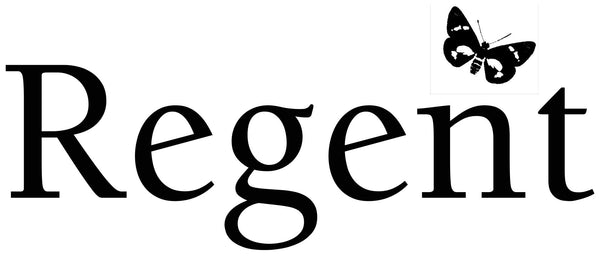Glorious Tweed
Share
Tweed is a remarkably diverse textile. It is the quintessential cloth of The Establishment – think, Duke of Windsor, hunting and horse-riding – and yet it possesses a burgeoning popular appeal that has led to its curious appearance on clocks, hip-flasks, Dr Martens and Eames-style furniture. Harris Tweed is probably the most well known tweed produced in Britain, and it is the only cloth to be protected by an act of Parliament, but many varieties exist, from lightweight to heavy duty, the traditional and the trendy.

As winter approaches, the heavy tweed in Bateman Ogden's Glenhunt collection, which weighs 500gms, would lend itself to overcoats and snug blazers. The collection includes a range of colours that would work as well in the city as the country. At the other end of the scale, Breanish specialise in producing lightweight tweed. Some of their tweeds are particularly bright and intricate. Moon produces a variety of mid-weight tweeds. The colours in their Shetland Twill collection, which weighs 370gms, are particularly attractive; the 'rust' and 'denim blue' could add a subtle contemporary twist to jacket or suit. Moon also make a variety of tweeds specifically for Hacking jackets, a style of coat that evolved from eighteenth-century riding jackets; the multi-check varieties beautiful harmonise heritage and hip. For something still bolder, the yellows, blues and oranges in Porter Harding's Hartwist collection could be nearer the mark.
One of the most compelling and appealing aspects about tweed is its history. Bateman Ogden produced fabric for British soldiers during WWI and, more recently, for the London Olympics of 2012. Breanish handweave their cloth, taking up to four days to produce a bolt, which typically measures 45 to 60 inches in width and 40 to 100 yards in length. Moon make their cloth using one of the last remaining vertical mills in the country. Practical and possessing a prestigious past, it is no wonder tweed continues to prove so popular today.
